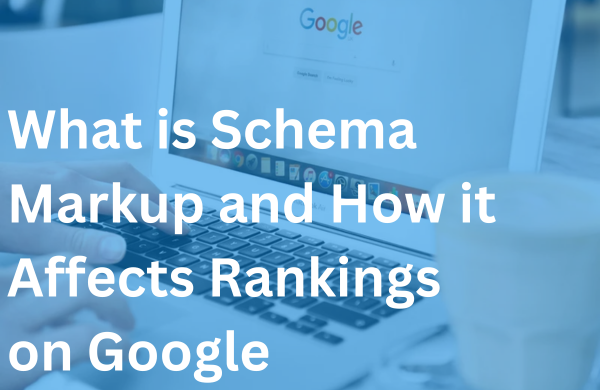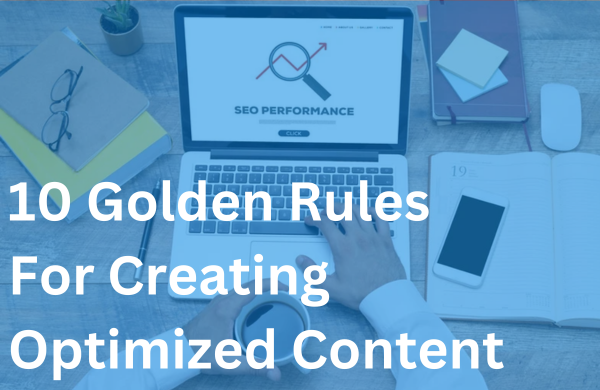Organizations should use a combination of strategies to market their businesses. This helps them test different techniques, determine which works best, and ensure they reach diverse audiences.
PPC (Pay-per-click advertising) is a system that requires businesses to pay a fee each time their ad is clicked. The business chooses a campaign type (social, search engine, banner ads, or remarketing), refines settings for optimal targeting, sets up a budget and bidding strategy, enters a destination URL, and builds its ad. Then, the business waits for the clicks to come.
There are many benefits of pay per click advertising despite being a paid strategy. It offers fast results, increases brand awareness, and is cost-effective. It also complements modern advertising trends such as personalized marketing, voice search, and automation.
Benefits of PPC Advertising for Businesses
-
Immediate Results and Traffic
Organic marketing is effective and long-lasting. However, it can take months or even a year to see results.
If you set up a PPC campaign, you will see immediate results. You set your ad to reach your target audience, ensuring speedy interaction. However, experts recommend leaving your account active for three months to see optimal progress.
-
Highly Targeted Advertising
Companies that set up PPC campaigns can refine settings to reach targeted groups based on ethnicity, income, location, gender, occupation, and other demographics. This process ensures they reach consumers within their target audience.
The strategy also complements the personalized approach many consumers desire. For example, a company may create a campaign to engage new mothers who are part of their target audience. They can then set settings to ensure they reach the new moms in their consumer base.
-
Cost-Effective Marketing Strategy
PPC advertising may not be as affordable as free advertising, but is cost-effective. It allows advertisers to set their budget and ensure they don’t exceed it. Also, you only pay when a consumer clicks your ad, so you are not paying for non-engagement.
-
Measurable and Trackable ROI
Businesses can use platforms like Google Ads or Microsoft Advertising to measure their results. They can review metrics like Click-Through Rate, Cost Per Click, Conversion Rate, Impression, Cost Per Acquisition, Quality Score, and Ad Rank. They can use these analytics to determine the success of their ad campaign.
-
Increased Brand Awareness
Any type of advertising will raise brand awareness, but PPC is especially effective because it targets people likely to be interested in your product. It produces click-throughs that are likely to result in conversions. Businesses can use the strategy to increase their online visibility.
-
Flexibility and Control Over Campaigns
Advertisers have optimal flexibility and control over their campaigns. They can set a budget and target specific audiences, and they have more say in the ad’s outcomes.
-
Valuable Data and Insights
One of the benefits of pay per click advertising is its ability to provide insight into campaign metrics. It also tells companies which consumers react to their ads and engage with their brand. They can use these analytics to tailor their strategies further and refine their targeting metrics.
-
Complements SEO Efforts
PPC goes hand-in-hand with organic SEO advertising. Businesses can use SEO strategies such as keyword placement and backlinking to attract customers. Pay-per-click enhances these strategies by placing websites near the top of search engines, making SEO efforts more prominent.
-
Ability to Reach Mobile Users Effectively
Pay-per-click advantages include its ability to reach mobile users. PPC ads work with various mobile-friendly formats, such as responsive ads, app install ads, and call-only ads. These ads are visually appealing and look attractive on smaller screens. The technology also integrates with GPS to determine mobile users’ locations and direct them to the nearest store.
-
Enhanced Local Marketing Opportunities
Local SEO is a powerful tool in today’s marketing toolkit. One of the main benefits of PPC is its ability to target users by location. Businesses with brick-and-mortar locations can attract users to their stores and shops to increase foot traffic.
How to Maximize PPC Benefits
You will see even more benefits of pay-per-click by integrating the following strategies:
Choose the Right Keywords: Like any marketing effort, the right keywords attract customers. Use Google Ads Keywords Planner to find keywords best suited to your goals. Consider your product, industry, service type, and customer intentions.
- Provide Value: You can provide value to consumers through personalized ads, informative posts, and tailored user experiences. Integrate these strategies for optimal results.
- Use Long Tail Keywords: Long tail keywords are five words or more. They are more specific than short-tail keywords. They may attract fewer users, but the users that are attracted will have particular goals in mind. Longer keywords will attract higher-quality leads and reduce your spend on clicks that don’t work out.
- Integrate Negative Keywords: Businesses pay for every click their ad receives, and not all these clicks will lead to conversions. For example, someone may click on your ad because they want a job at your company- not because they want to buy something. You can eliminate this outcome by using ‘jobs’ and ‘positions’ as negative keywords. This strategy will prevent people from finding your ad by searching negative keywords.
- Use Retargeting Strategies: Retargeting strategies target consumers who have had past interactions with your website. These consumers are further along the customer journey and may require more targeted keywords to acquire specific information. Long-tail keywords may be the most effective approach.
Common Pitfalls to Avoid
- Failing to Set Effective Goals: Many marketers focus on generating traffic. However, PPC campaigns often generate visitors, most of which won’t convert. Companies that find this occurring may consider resetting their goals. For example, they may focus on increasing conversions or upselling to consumers who do convert.
- Sending Vistors to a Poorly Designed Landing Page: Companies should create well-designed landing pages as their ad destination. A poorly designed landing page can turn off customers. Ensure your landing pages load efficiently and look professional to increase conversions.
- Forgetting a CTA: PPC advertising should include a CTA that tells consumers exactly what you want them to do after interacting with your product, whether it be signing up for a newsletter, buying a product, or downloading a white paper. Use bold colors to highlight your CTA to ensure it’s noticeable.
- Putting Too Many Links in Your Ad: Businesses may be tempted to showcase all their online assets, but too many links may confuse consumers. For best results, include just one link that takes consumers where you want them to go.
- Track, Test, and Analyze: Companies should constantly test and track ad performance through analytics. They should look at KPIs and ROI as a whole. These practices will tell them which strategies are working for their company.
Conclusion
PPC has numerous benefits. It produces immediate, measurable results, enhances SEO strategies, offers flexibility, allows you to target your audiences, works well with mobile, and is cost-effective. It’s a worthwhile investment for most companies.
However, you will only see the advantages of PPC if you follow the recommended strategies and avoid common pitfalls. Brillity can help. We will ensure your campaigns are effective and create ads that boost your visibility and conversions.
Contact us when you’re ready to get started on your PPC journey.




